Ceramic Shield is stronger than any glass on smartphones - at least that's what Apple says about this technology. It introduced it together with the iPhone 12, and now the iPhone 13 can boast of this resistance. And although in the past Apple did not have the best reputation for the durability of the glass on its iPhones, now it is different.
Ceramic crystals
The protective glass that Apple now uses on its iPhones has its main advantage contained right in the name. This is because small ceramic nanocrystals are added to the glass matrix using the crystallization process at high temperature. This interconnected structure then has such physical properties that it resists not only scratches, but also cracks – up to 4 times more than previous iPhones. In addition, the glass is strengthened through ion exchange. This substantially increases the size of the individual ions so that a stronger structure is created with their help.
It could be interest you

Behind this "Ceramic Shield" is the Corning company, i.e. the company that develops glass for other smartphone manufacturers, known as Gorilla Glass, and which was founded as early as 1851. In 1879, for example, it created a glass cover for Edison's light bulb. But it has countless interesting products to its credit. After all, below you can watch a quarter-hour documentary that maps the history of the company itself.
So the benefits of Ceramic Shield glass are obvious, but you can't just mix glass with ceramic to get the result. Ceramics are not as transparent as ordinary glass. It doesn't matter on the back of the device, after all, Apple also makes it matte here so that it doesn't slide, but if you need to see a color-true display through the glass, if the front camera and sensors for Face ID have to pass through it, complications arise. Everything thus depends on the use of such small ceramic crystals, which are smaller than the wavelength of light.
It could be interest you
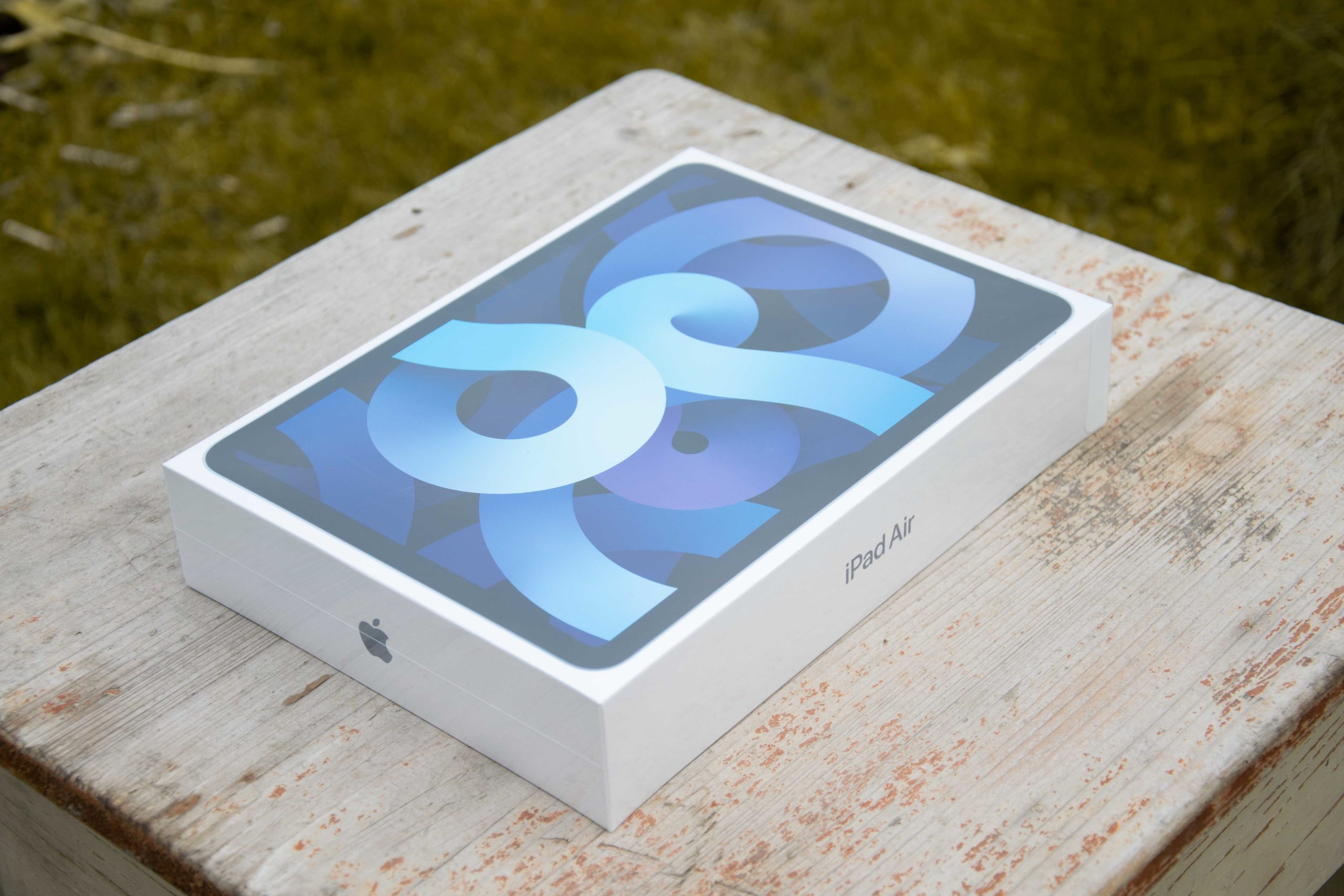
Android competition
Although Corning makes both Ceramic Shield for Apple and, for example, Gorilla Glass Victus, the glass used in the Samsung Galaxy S21, Redmi Note 10 Pro and Xiaomi Mi 11 range of smartphones, it cannot use the technology outside of iPhones because it was developed by both companies. For Android devices, we will not see this unique designation for iPhones. However, Victus also excels in its capabilities, even though it is not a glass ceramic but a reinforced alumino-silicate glass.
If you think that developing a glass like Ceramic Shield is just a matter of a good idea and a "few" dollars, it's definitely not. Apple has already invested $450 million in Corning over the past four years.
Phone design
It is true, however, that the durability of the iPhone 12 and 13 also contributes to their new design. It switched from round frames to flat ones, similar to what happened in the iPhone 5. But here it is brought to perfection. The front and back sides fit perfectly with the frame itself, which does not protrude above it in any way, as was the case with previous generations. A tighter grip also has a clear effect on the resistance of the glass when the phone is dropped.
 Adam Kos
Adam Kos 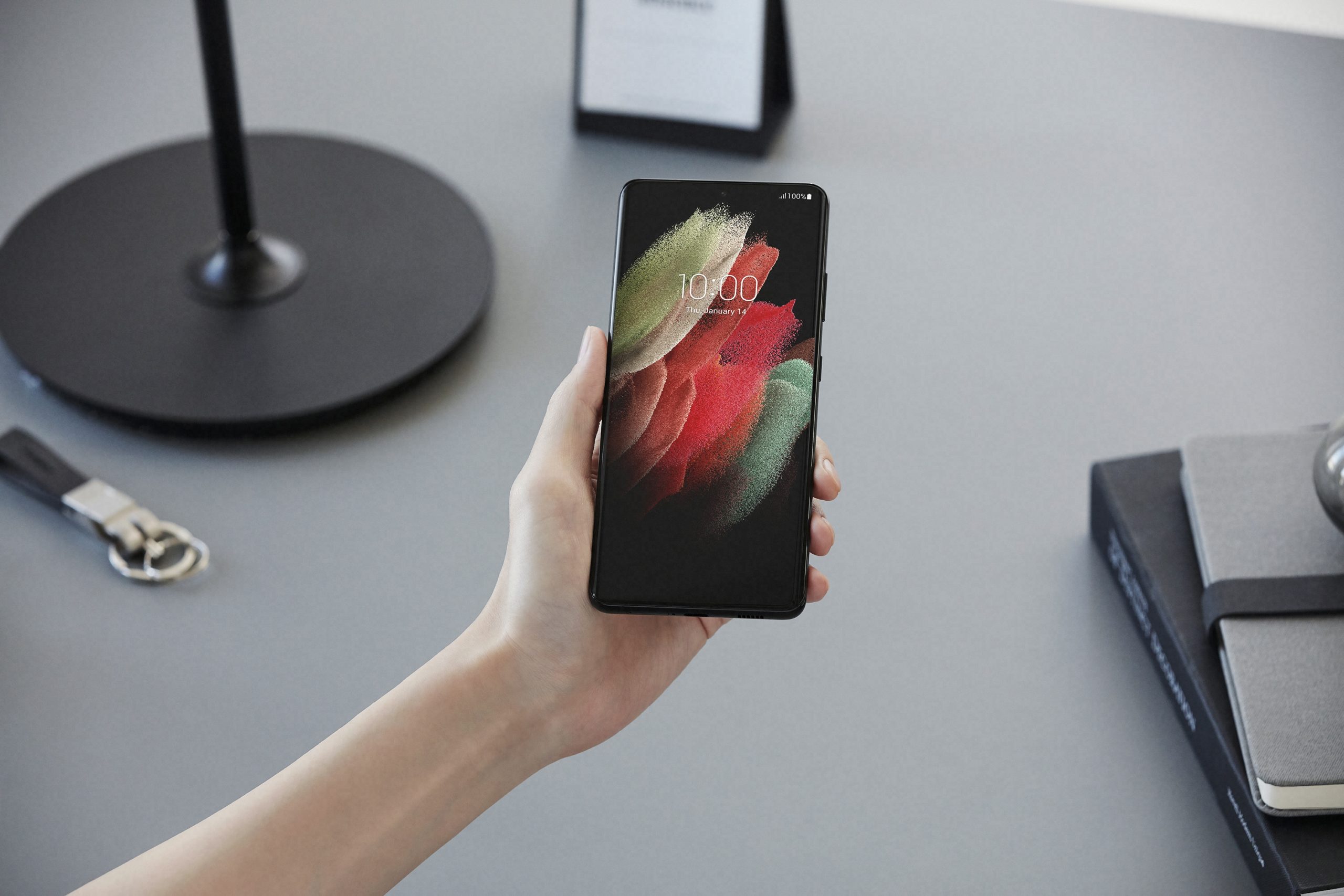


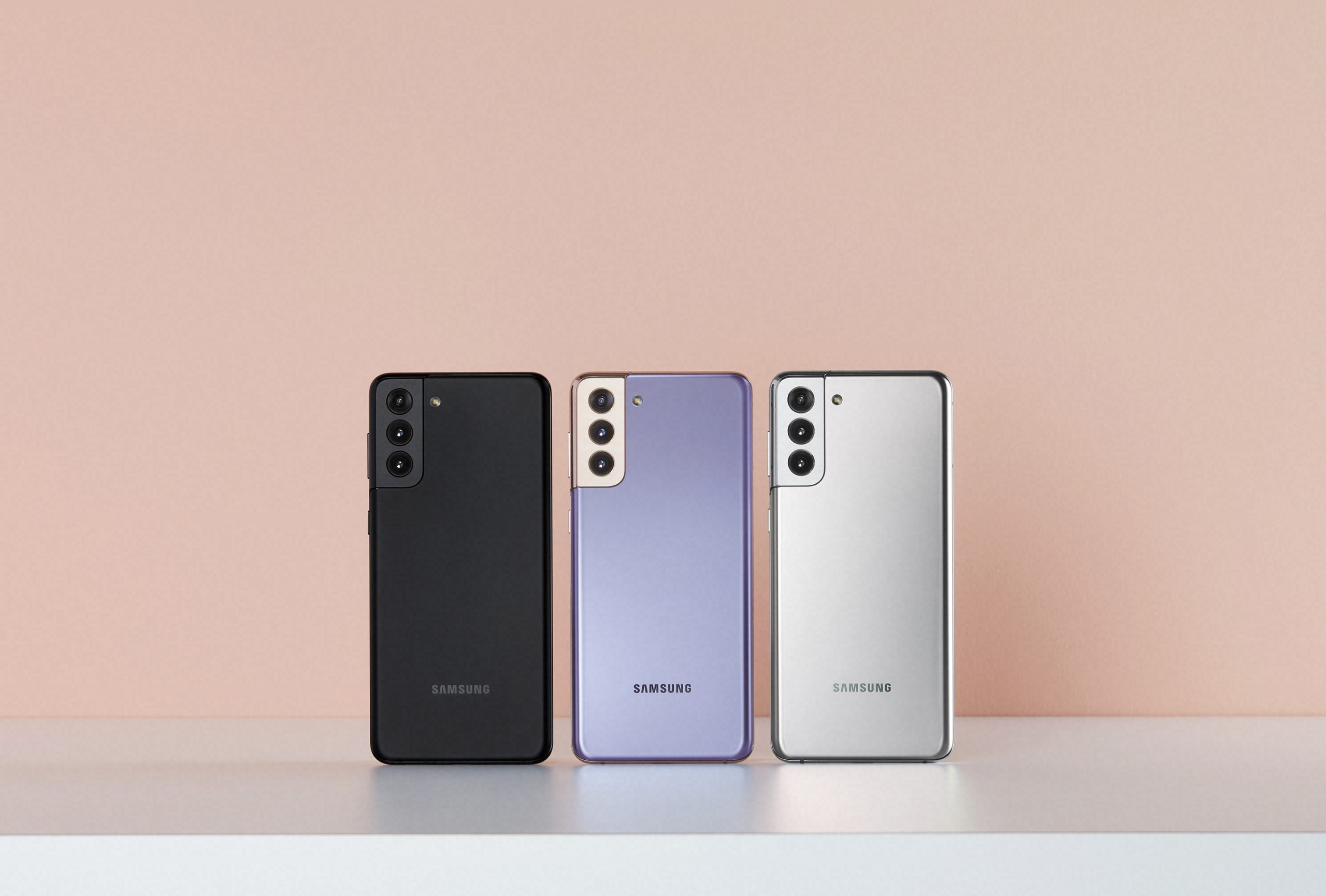
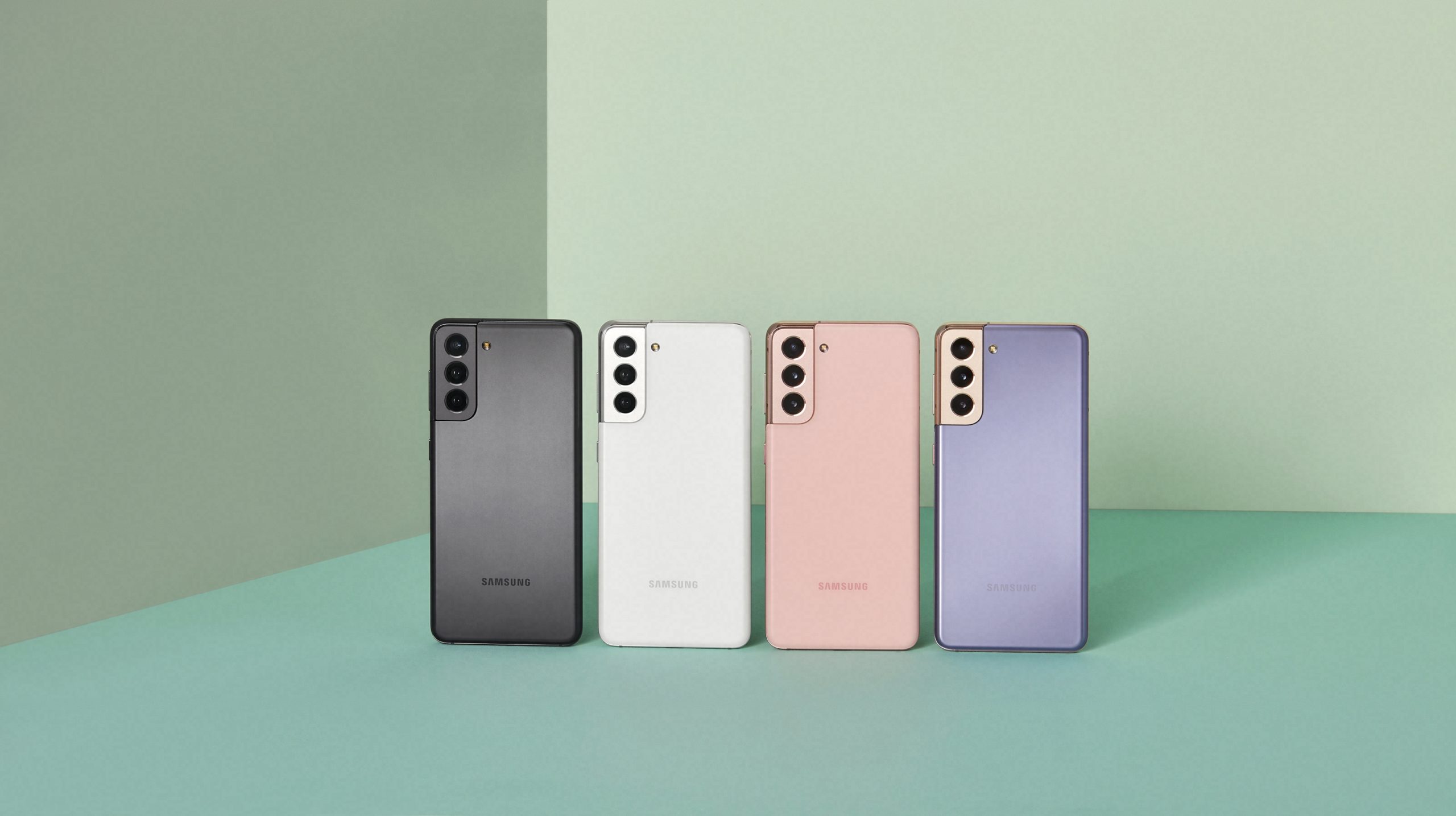
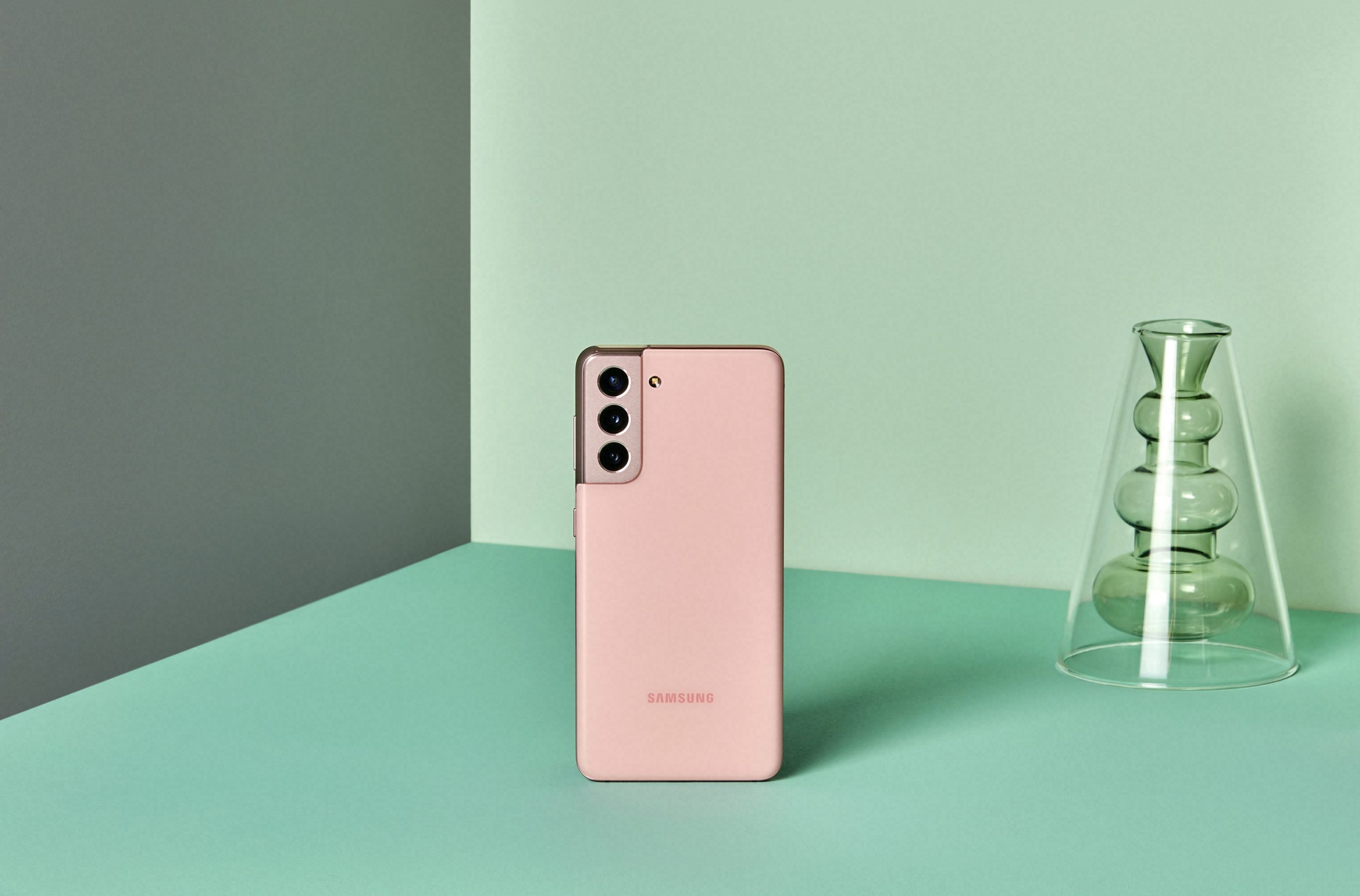
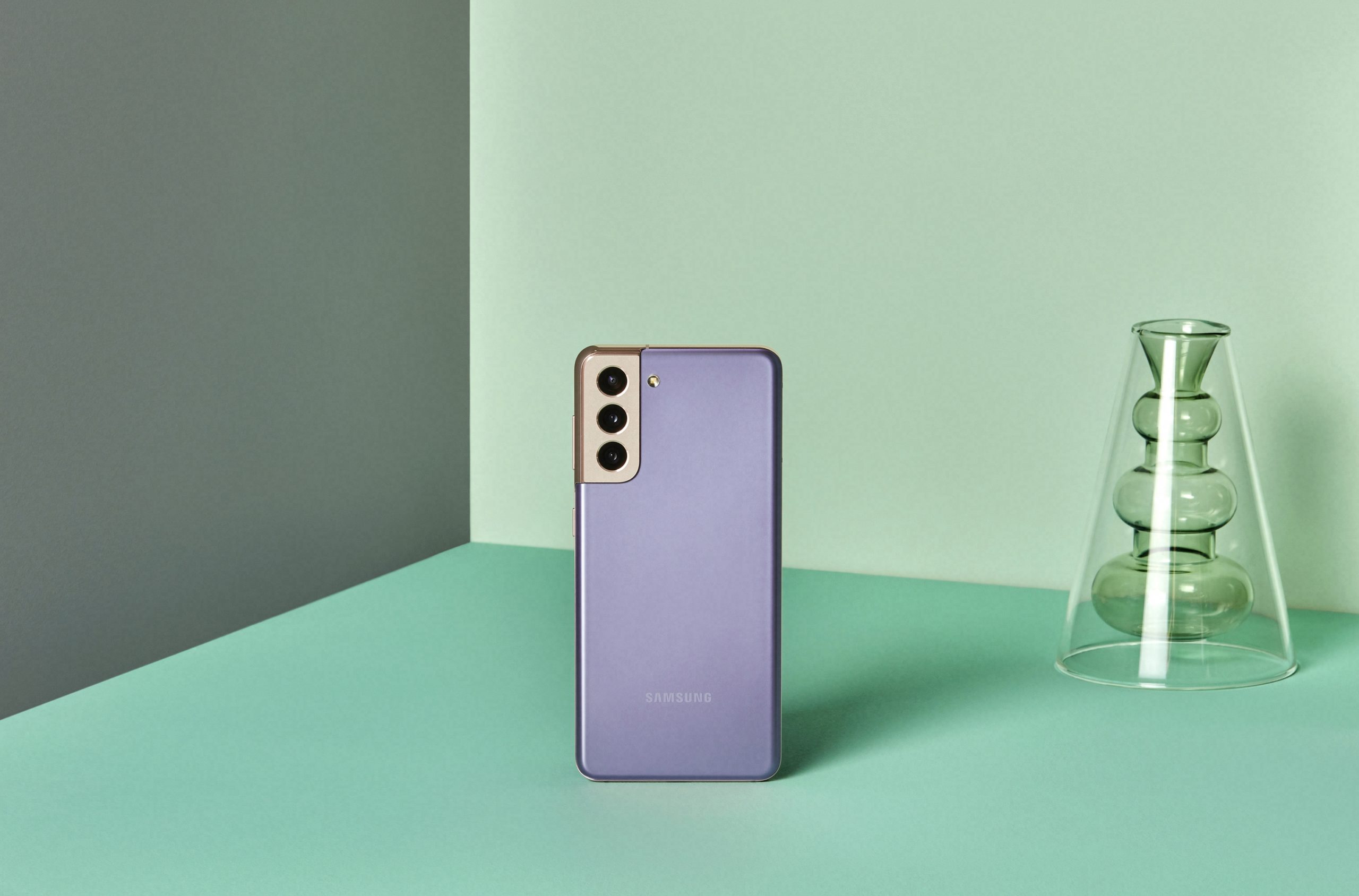
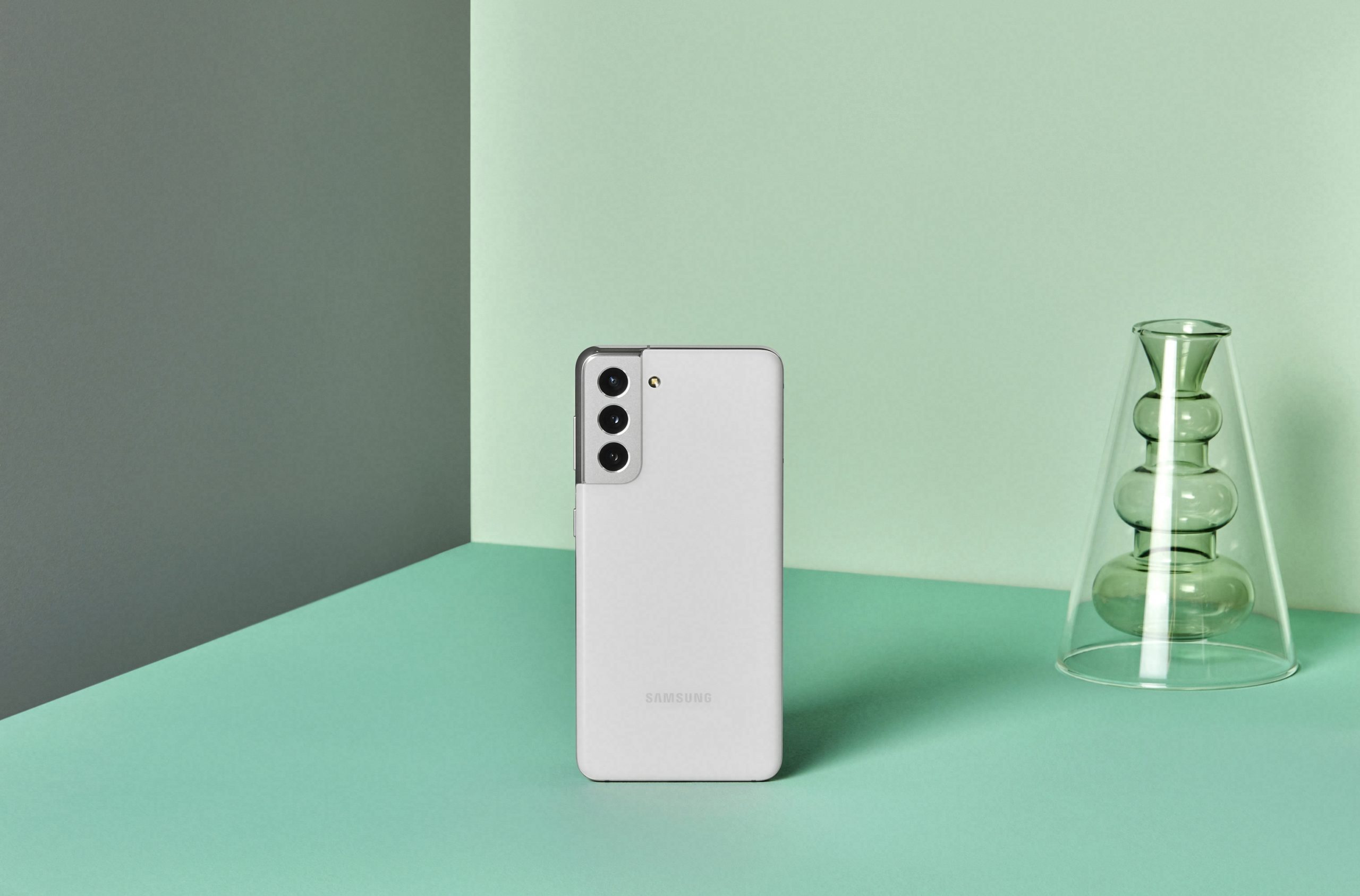
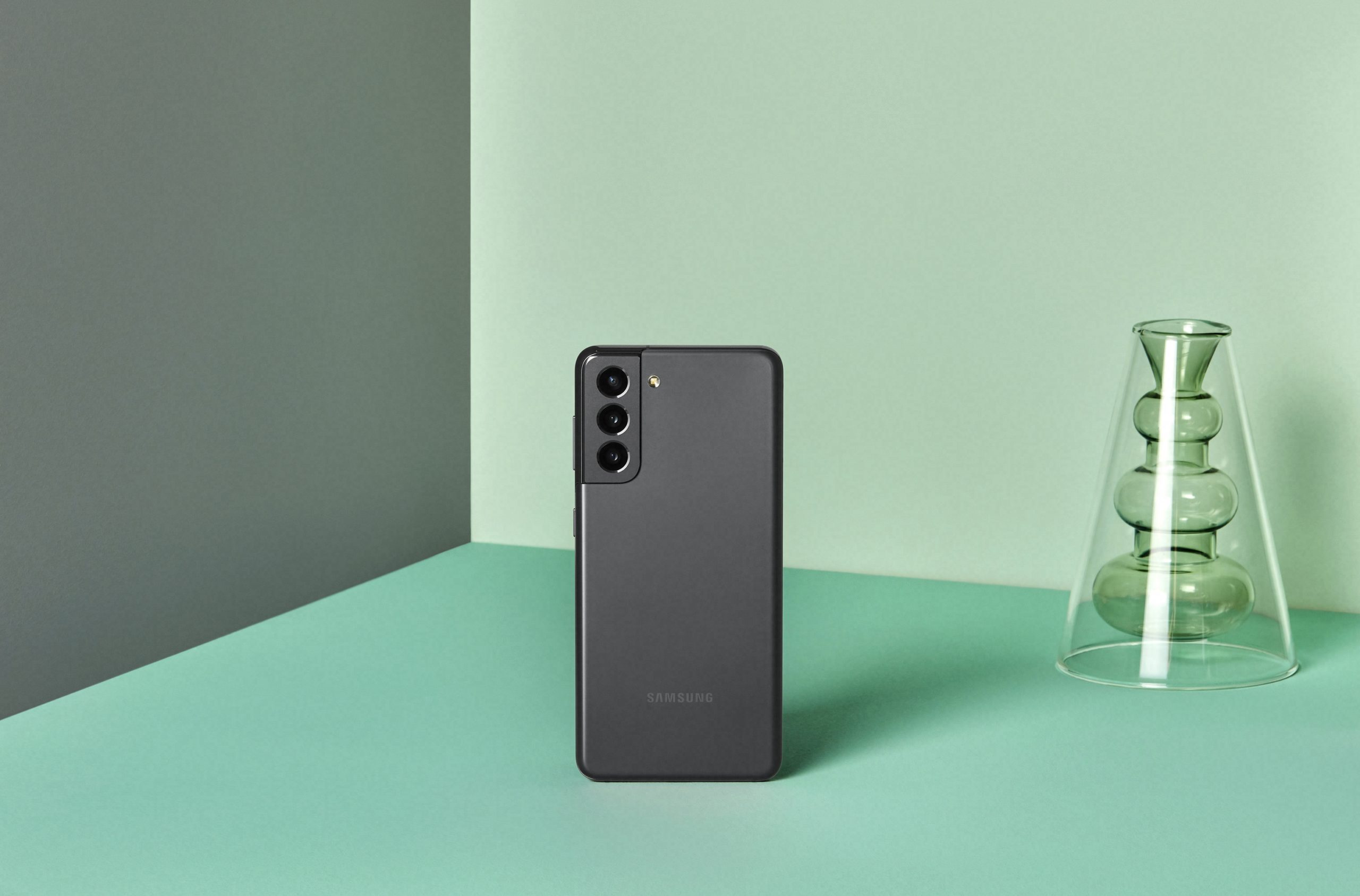

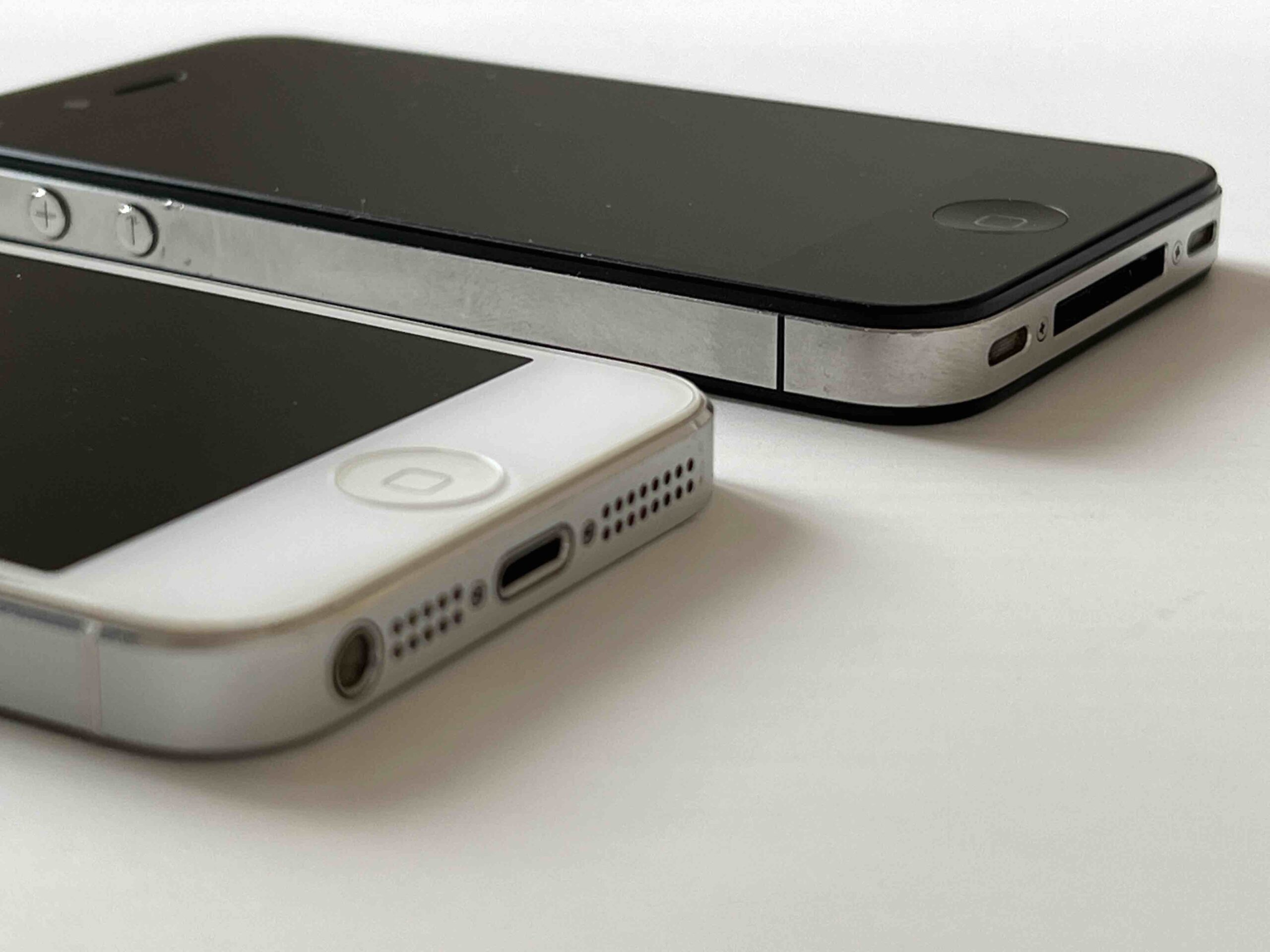
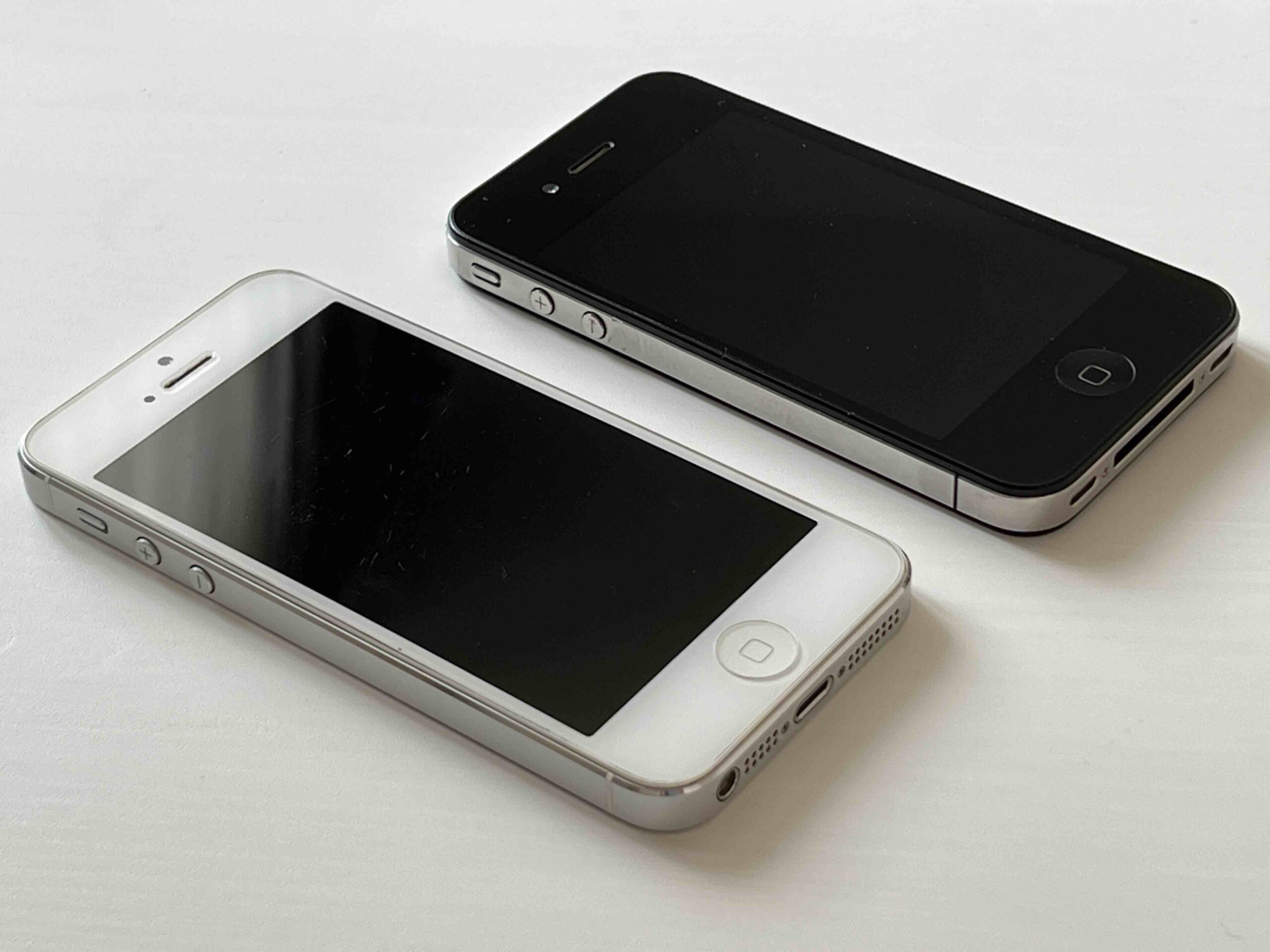
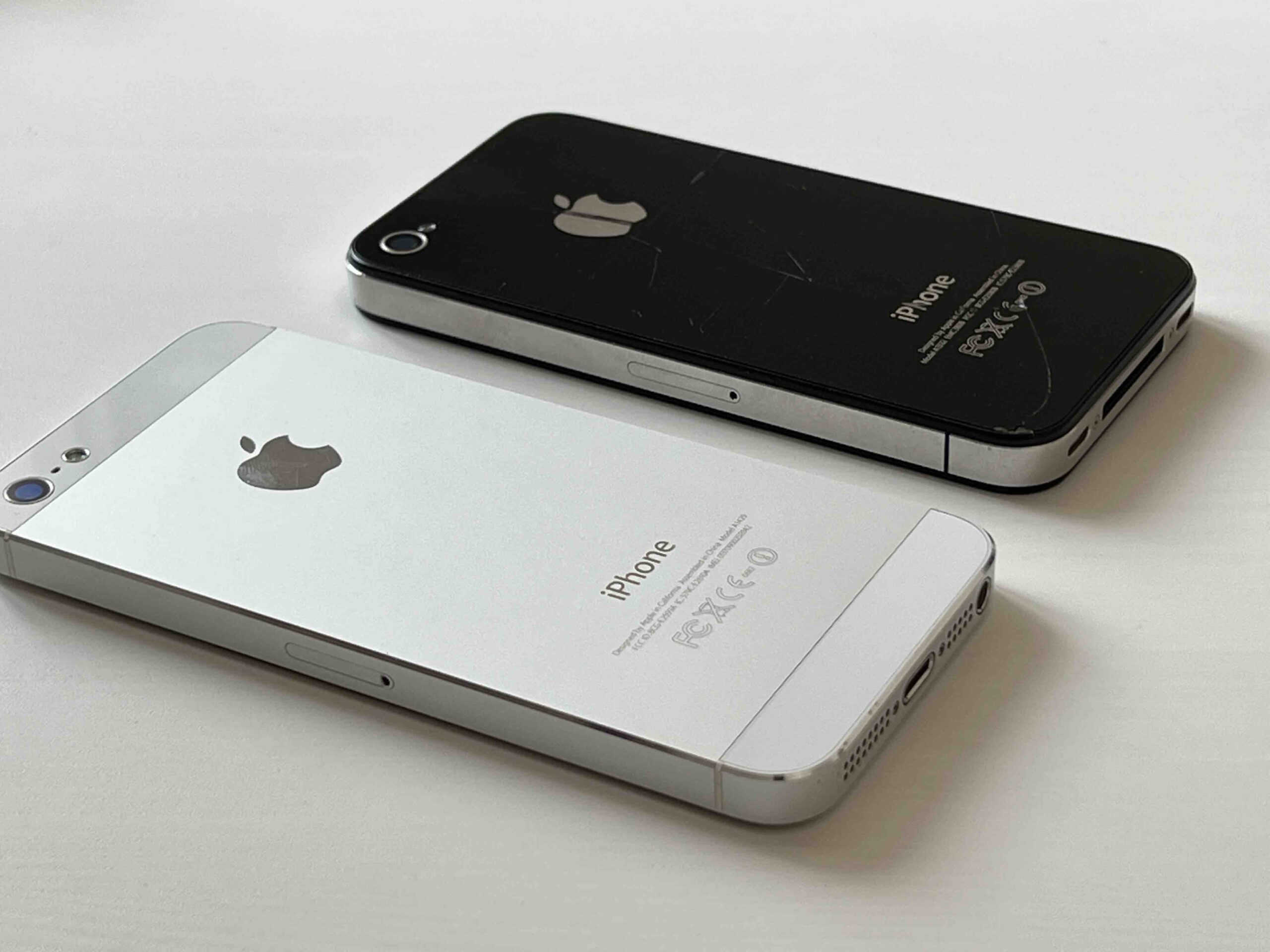
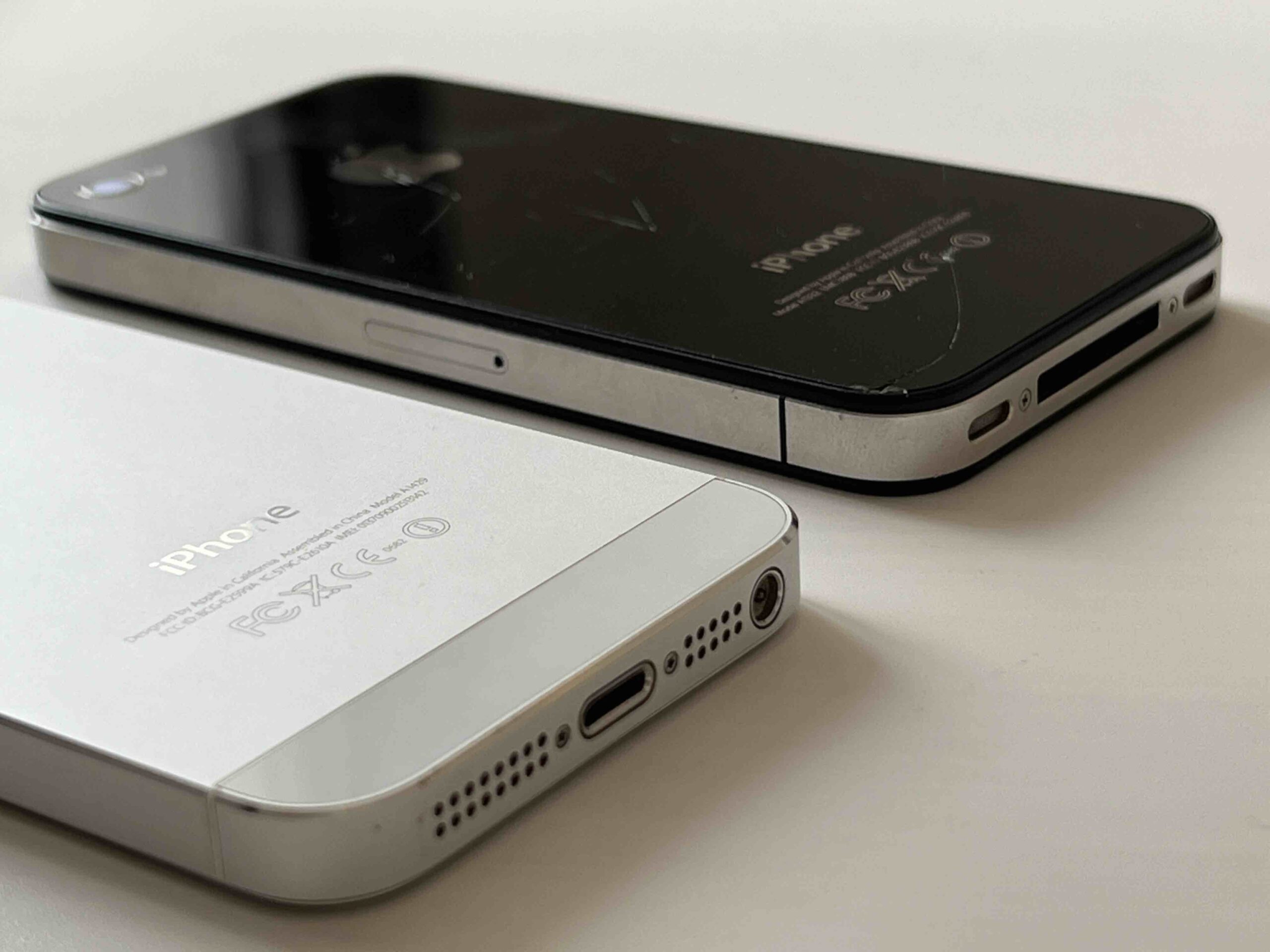
I think that the former designer should immediately notice the weakness of the phone's design, which is described in the last paragraph. If the phone falls on a corner, it doesn't even have to be a great height, so the frame is deformed, which, being flat, is very susceptible to this. The glass then fits nicely, so something must happen when the frame is deformed - the glass shatters quite easily. And it's not just a theory, I've actually tested it. I understand that the glass is durable on its surface, but the paragraph about the construction of the phone should be seen as a weakness, not an advantage.